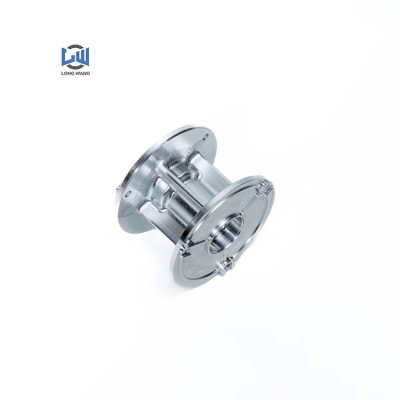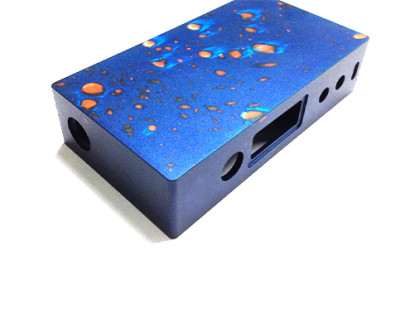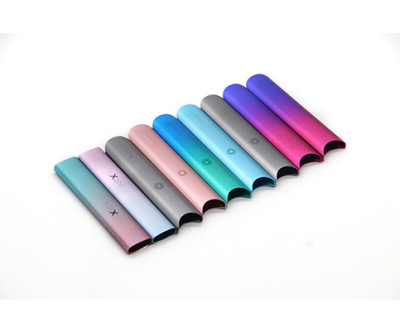The Detailed Process of Cnc Turning Machining
CNC Turning Machining is a precision manufacturing process that involves the removal of material from a workpiece using computer numerical control (CNC) technology. This process is widely used in the production of cylindrical components, such as shafts, bolts, and bushings. The following is a detailed overview of the CNC Turning Machining process:
Design and Programming:
The process begins with the design of the part using computer-aided design (CAD) software. Once the design is complete, a CNC programmer translates the design into a set of instructions for the CNC machine. These instructions include tool paths, cutting speeds, and other parameters.
Material Selection:
The appropriate material for the workpiece is selected based on the desired properties of the final product. Common materials include metals like aluminum, steel, and brass.
Workpiece Preparation:
The chosen material is cut or shaped into a workpiece of the required size and shape. The workpiece is then securely mounted on the CNC lathe using fixtures or chucks.
Tool Selection:
Tools are selected based on the material and complexity of the part. Typical cutting tools include inserts, drills, and turning tools. Tool selection is a critical factor in achieving precision and efficiency.
Machine Setup:
The CNC lathe is set up by loading the CNC program into the machine's control unit. The workpiece is accurately positioned, and the cutting tools are installed in the tool turret. Machine parameters, such as spindle speed and feed rate, are also configured.
Rough Turning:
The rough turning phase involves removing excess material from the workpiece to bring it close to the final dimensions. This is done using roughing tools, and the process may include facing, rough turning, and contouring operations.
Finish Turning:
In the finish turning phase, the final dimensions and surface finish are achieved. Precision cutting tools are used to produce a smooth surface and meet tight tolerances specified in the design.
Drilling and Boring:
If required, holes are drilled or bored into the workpiece using specialized tools. This step adds further complexity and functionality to the part.
Quality Inspection:
Throughout the machining process, quality checks are performed to ensure that the part meets the specified tolerances and quality standards. Measurements may be taken using precision instruments.
Deburring and Surface Treatment:
After machining, the workpiece is deburred to remove any sharp edges or unwanted material. Surface treatments, such as polishing or coating, may be applied for improved aesthetics or corrosion resistance.
Final Inspection and Packaging:
A final inspection is conducted to verify that the finished part meets all requirements. Once approved, the completed components are packaged for shipping or further assembly.
In summary, CNC Turning Machining is a comprehensive process that involves careful planning, precise programming, and meticulous execution to produce high-quality, precision-engineered components.



